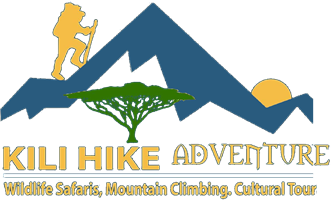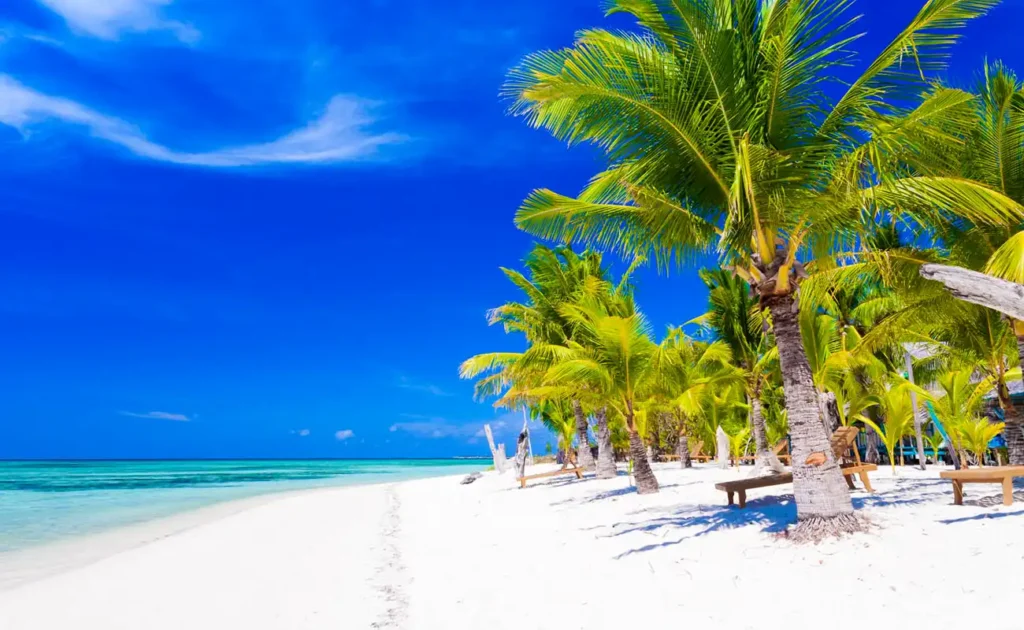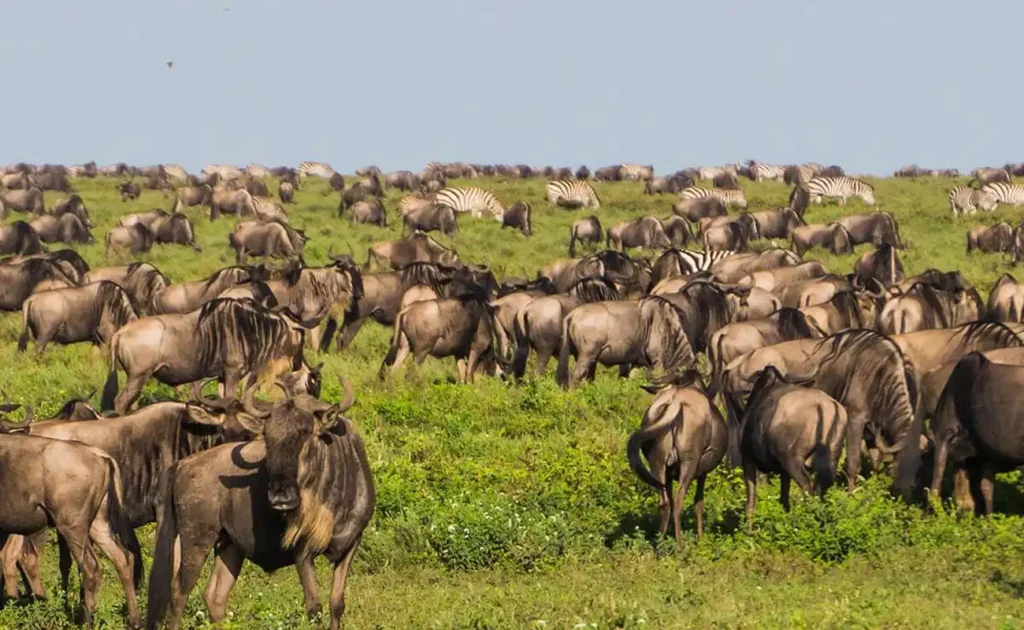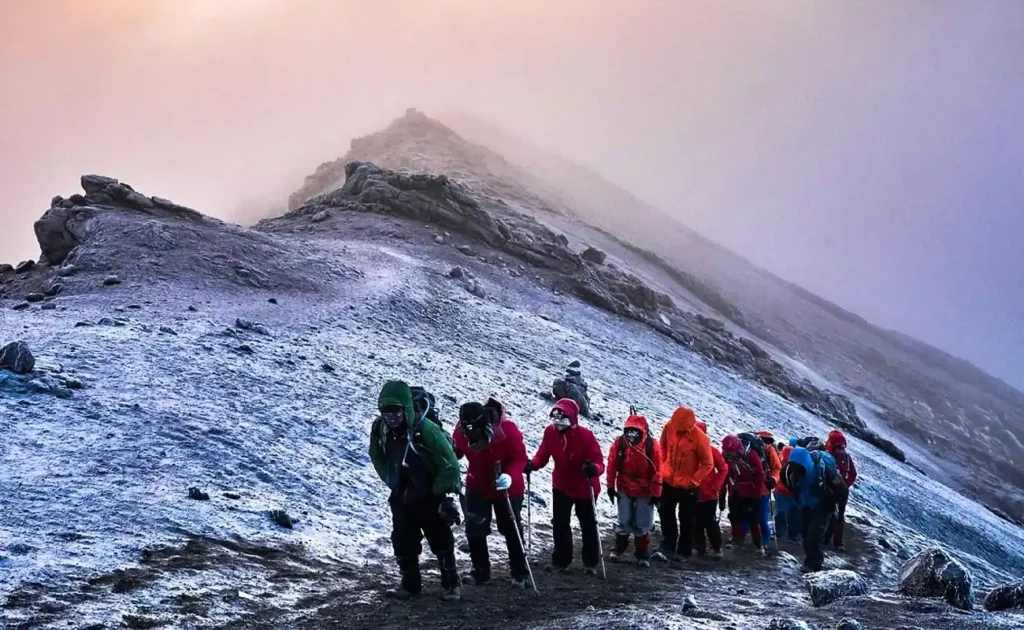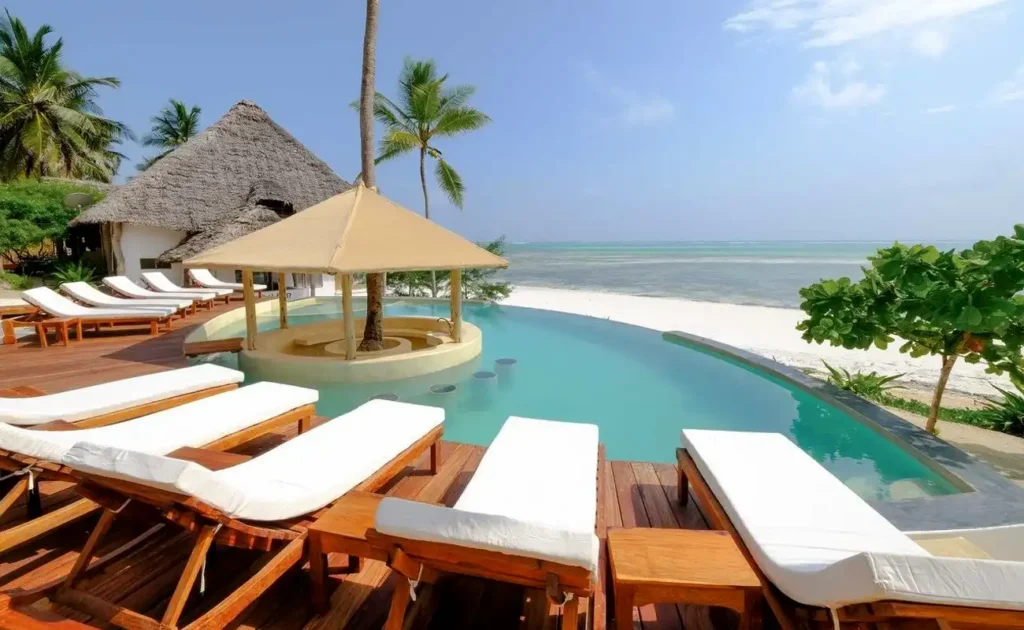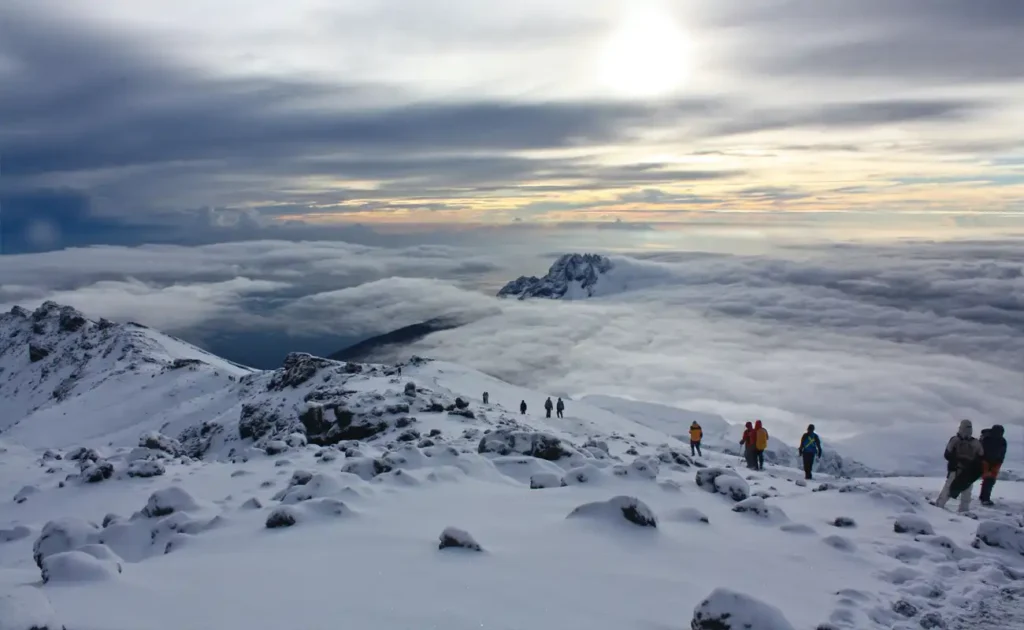Kilimanjaro Faqs
Kilimanjaro FAQs: Your Comprehensive Guide
1. How Long Does it Take to Climb Kilimanjaro?
The time it takes to climb Kilimanjaro depends on the route you choose. Shorter routes tend to have lower success rates because of insufficient acclimatization, while longer routes allow your body to adjust to the altitude more effectively.
| Route | Duration |
|---|---|
| Marangu Route | 5-6 days |
| Machame Route | 6-7 days |
| Lemosho Route | 7-8 days |
| Northern Circuit | 8-9 days |
| Rongai Route | 6-7 days |
2. Do I Need Technical Climbing Experience?
Kilimanjaro is a non-technical climb, meaning you don’t need climbing experience or mountaineering skills. However, the trek involves long distances and high altitudes, so being in good physical condition is crucial. Training for several months before the climb is recommended to build stamina and endurance.
3. Best Time to Climb Kilimanjaro
The best time to climb Kilimanjaro depends on the weather. Tanzania has two dry seasons which are the most popular periods for trekking.
| Season | Details |
|---|---|
| January-March | Cooler temperatures, fewer crowds, clear skies. |
| June-October | Dry season, pleasant weather, more crowded. |
| April-May | Rainy season; trails can be muddy, fewer climbers. |
4. What to Pack for Kilimanjaro
Packing the right gear is essential for a successful climb. Layered clothing is key to adapting to the changing weather conditions, from hot days to freezing nights.
| Category | Essential Items |
|---|---|
| Clothing | Base layers, thermal layers, waterproof jacket, and warm gloves. |
| Footwear | Waterproof hiking boots, trekking socks. |
| Accessories | Sunglasses, headlamp, trekking poles. |
| Health | Sunscreen, personal medications, first aid kit, insect repellent. |
5. How to Prevent Altitude Sickness
Altitude sickness is a risk on Kilimanjaro due to the high altitude. Symptoms include headaches, nausea, and fatigue. To minimize the risk, ascend slowly, stay hydrated, and choose longer routes like Lemosho or Northern Circuit for better acclimatization.
6. Do I Need a Guide to Climb Kilimanjaro?
Yes, Tanzanian regulations require that all climbers are accompanied by licensed guides. Most tour operators provide a team of guides, porters, and cooks to support your climb. Guides will monitor your health, help with altitude acclimatization, and ensure your safety throughout the journey.
7. Kilimanjaro Climb Costs
The cost of climbing Kilimanjaro varies depending on the route, the tour operator, and the services provided. It typically ranges from budget to luxury options.
| Cost Component | Range (USD) |
|---|---|
| Trekking Package | $2,000 – $4,000 (includes guides, porters, food, and accommodation). |
| Park Fees | $800 – $1,200 (included in most packages). |
| Tipping | $250 – $400 (for guides, porters, and cooks). |
8. Do I Need a Visa for Kilimanjaro?
Yes, most travelers will need a visa to enter Tanzania. You can apply for a visa upon arrival or through the e-visa system. Check with your country’s consulate for specific visa requirements.
9. Fitness Level Required for Kilimanjaro
Climbing Kilimanjaro requires good physical fitness, but you don’t need to be a professional athlete. You should be prepared for long hikes (6-8 hours a day) and varying weather conditions. Regular cardiovascular and endurance training several months before the climb will help.
10. Accommodations on Kilimanjaro
Accommodations depend on the route you choose. The Marangu route is the only one with huts, while all other routes involve camping.
| Route | Accommodation Type |
|---|---|
| Marangu Route | Basic huts with shared dormitories. |
| Other Routes | Camping in tents (provided by your tour operator). |
Climbing Mount Kilimanjaro is a rewarding experience that requires thorough preparation. Understanding the routes, costs, fitness requirements, and altitude risks will help ensure a successful and enjoyable climb.
For more information or to book your climb, contact us today!
Tanzania Popular Tour Destinations
At Kili Hike Adventure, we take you to the heart of Africa’s most iconic landscapes. Ascend the majestic Mount Kilimanjaro, Africa’s tallest peak, and witness awe-inspiring panoramas that will stay with you forever. Journey through the vast Serengeti and Ngorongoro Crater, where the wildlife roams free, offering unforgettable safari experiences.
Top Pick Tanzania Tour Packages For You
Tanzania boasts Africa’s renowned parks, promising unforgettable luxury safaris. With expertly crafted itineraries, immerse yourself in the finest national parks for a tailored wildlife adventure.
